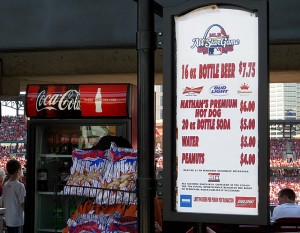Japanese Obesity
It's almost an oxymoron to say "Japanese obesity." Johann Hari, who has written a new book, "Magic Pill: The Extraordinary Benefits and Disturbing Risks of the New Weight-Loss Drugs," discussed purported miracle drug Ozempic with Bari Weiss. His bottom line is that there are straightforward solutions to the out-of-control obesity of Americans. But there is so much more to this interview than Ozempic. Here is Hari's discussion of how obesity is seen in Japan:
Johann Hari: So Japan has 4 percent obesity. Americans have 42.5 percent obesity. But Japan shows us that is not inevitable, right?
I went to a Japanese school, a normal middle-class school, with a thousand kids. It was bizarre walking around this school. There were no overweight children in this school. Every school in Japan has to employ a professional nutritionist. Her job is to design the meals. All processed food is banned.
So I go to the school and I’m watching these kids eating these unbelievably healthy meals. And I said to them, “So what’s your favorite food?” And one of them goes, “My favorite food is broccoli.” Another one goes, “My favorite food is white fish.” And another one goes, “I like boiled white rice.”
And I turned to my translator and I said, “Are these kids fucking trolling me? Their favorite food is broccoli?” She said, “We teach our children to love healthy food, don’t you?” No Japanese person understood why I was shocked. One of the funniest experiences I ever had was trying to explain the concept of “fat pride” to Japanese people. They were just completely baffled.
They have a law; it was so bizarre witnessing. . . in 2008, in Japan, obesity went up by 0.4 percent, and there was a massive national freakout.


